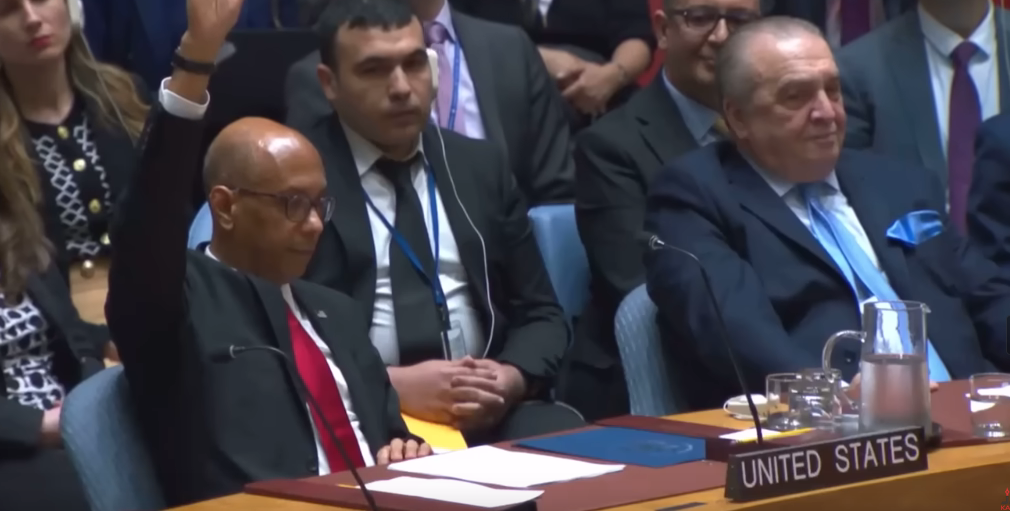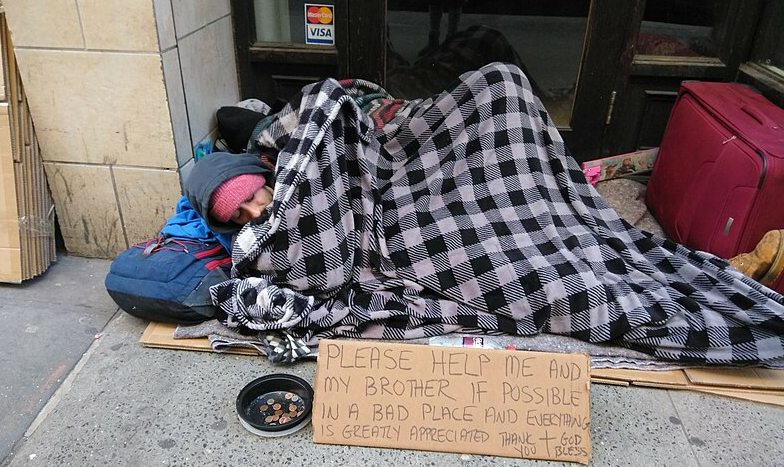For many New Yorkers in low-income communities, Bloomberg’s legacy is one of a lack of resources and persistent inequalities that deny our children a substantive and fair opportunity to learn.
[Education]
In April, former New York City schools Chancellor Joel Klein and former Washington D.C. schools Chancellor Michelle Rhee announced that their StudentsFirstNY group intends to spend $10 million a year for five years to make sure that Mayor Bloomberg’s education legacy continues after he leaves office.
For my family, nothing is more representative of this legacy than remembering my 10-year-old son feeling sick to his stomach – and his 13-year-old sister breaking down crying – because they feared being held back if they didn’t perform well on the high-stakes English Language Arts and Math tests.
Beyond our concerns about what the psychological effects are of our children believing that their intelligence is defined by this one test, for many New Yorkers in low-income communities, Bloomberg’s legacy is one of a lack of resources and persistent inequalities that deny our children a substantive and fair opportunity to learn.
Since 2002 Mayor Bloomberg has closed 140 schools, all of which served the students with the highest needs. As it stands, only one in four of New York City’s children graduate college ready. An abysmal 13 percent of our Black and Latino children graduate prepared for college. If “Mayor 13 percent” touted such marginal numbers as a success in his business, shareholders probably wouldn’t be very happy. Neither are we.
Putting students first takes more than firing teachers and closing schools. If Rhee and Klein really want to help our kids, they can start by listening to us. A recent NY1-Marist poll found that only 34 percent of voters approve of Mr. Bloomberg’s handling of the city’s public schools and two-thirds want to see the next mayor move in another direction.
Instead of spending tens of millions of dollars on a risky “turnaround” strategy in another 23 schools, we should invest these resources in art and music programs, quality professional development for teachers, after school programs, social workers, guidance counselors and other resources that prepare our students to succeed.
As outlined in the Schott Foundation’s 2020 Vision Roadmap: A Pre-K Through Postsecondary Blueprint for Education Reform, we need comprehensive, system-wide improvements. School financing needs to be equitably distributed throughout districts with increased investments going to schools where students live in poverty. And it should always be focused on increasing opportunity and quality at every stage of a student’s life.
Teachers need intense training before they ever enter a classroom, mentoring and support when they begin teaching and fair evaluation systems that critically and holistically analyze and bolster performance. We should attract and retain the best teachers in the schools of highest academic needs by ensuring positive, supportive working conditions.
We must also invest in meaningful parent and community involvement not only through after school and neighborhood programs, but by ensuring parents have a seat at the table and a role in preparing the menu. Research shows that parent and community involvement positively and sustainably impacts school culture, working conditions, and student achievement.
I applaud President Obama’s push to protect our students from going deeper into debt to finance their education. But many of our children are worried about graduating from high school prepared to attend college, let alone much it will cost and what the interest rates on student loans will be. If we are going to meet the President’s goal of once again becoming the leader in postsecondary graduates, our policies, practices and investments must support an aggressive and comprehensive approach to education reform that gives every child the opportunity to learn.
Zakiyah Ansari is the mother of eight children, all of whom have or are currently attending NYC public schools. She is also advocacy director for the Alliance for Quality Education, a coalition of parents, children’s advocates, educators, clergy and community members advocating for fair and equitable funding and smarter spending to support better schools and give every child in New York State a quality education.











